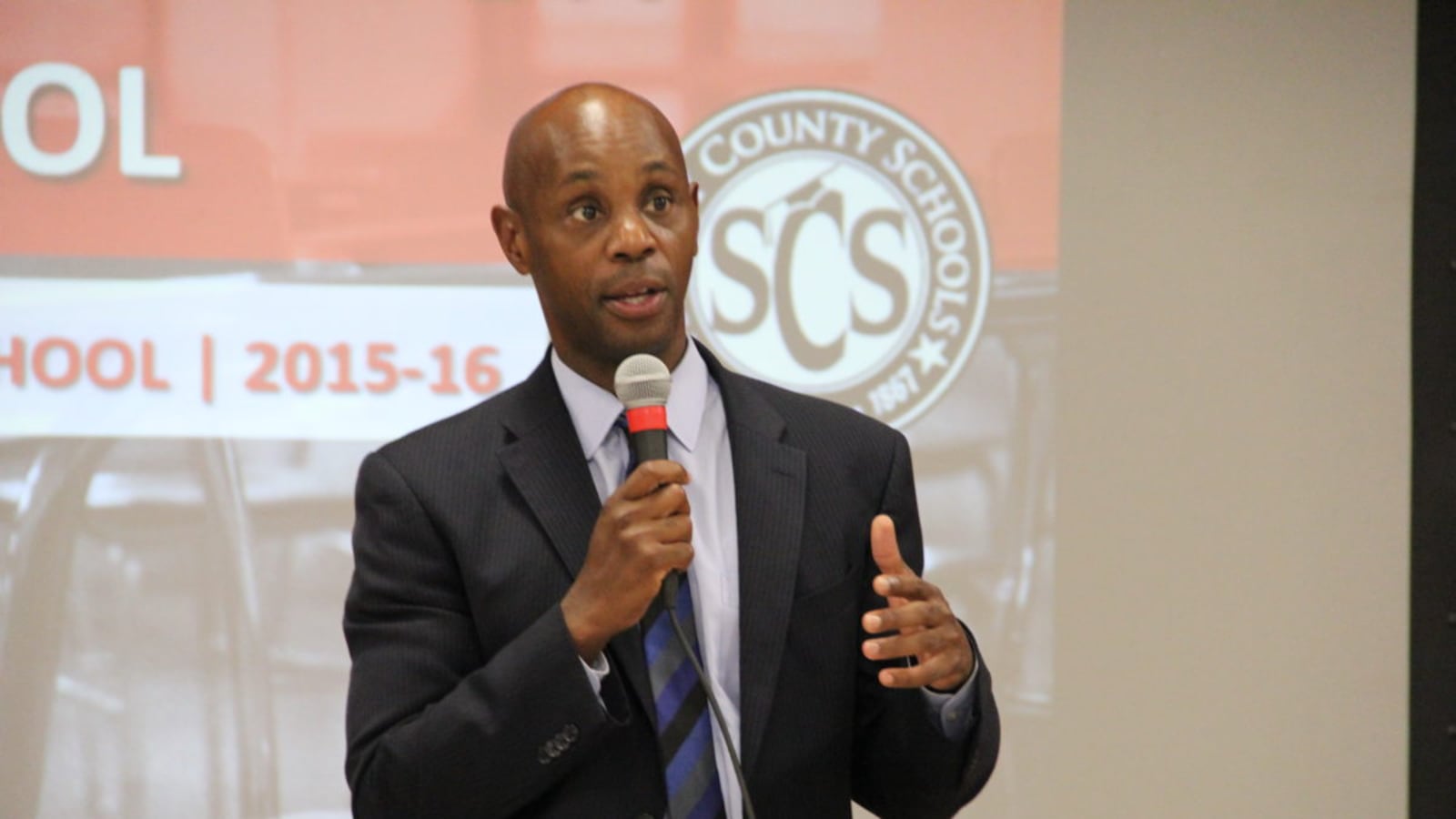For more than a year, Superintendent Dorsey Hopson has beat a steady drum about the need to reduce the number of empty classroom seats in Memphis by closing schools and reconfiguring Tennessee’s largest district.
So many were taken by surprise on Tuesday night when Hopson announced that he had changed his mind about shuttering Dunbar Elementary, one of the first schools targeted in Hopson’s plan to close, build and consolidate schools.
School closures are nothing new in Memphis. But the newest round proposed last fall promised to be different. For the first time, Hopson and his team had used a comprehensive analysis of data to make their recommendations. Dunbar fit two of those criteria — low test scores and high building maintenance needs.
During the last week, however, a number of factors converged to change the fate for Dunbar, at least for the next year.
Here are three things to know now as Shelby County Schools moves forward with Hopson’s plan to right-size the district:
Hopson is showing a willingness to deviate from what the data says.
When considering which Memphis schools to close, three data points are factored in: low test scores, severe underenrollment, and high building maintenance costs.
Initially, Hopson said it was a “no brainer” to start by closing Dunbar and six other schools that fit some or all of those criteria.
But he took a second look after seeing a groundswell of community support around Dunbar from residents of Orange Mound, the historic African-American neighborhood that recently received a national heritage designation. So instead of closing the school based strictly on the data, Hopson used the school’s higher enrollment and the community support to justify new academic and capital investments.
“I have really heard you all loud and clear,” Hopson told Dunbar supporters before announcing he was tabling his recommendation. “And it’s not necessarily the words that I heard but it’s the actions behind the words that piqued my interest. You’ve got a committed community. And unlike other instances, … you don’t have (an enrollment) issue.”
Memphians have long complained that district leaders don’t listen to their concerns, while school leaders have often complained about a lack of parent and community involvement in many schools. Seeing Orange Mound’s outpouring of support for its last locally operated neighborhood school appeared to make the difference.
The district remains vigilant about retaining its students.
Dunbar is the only elementary school left in Orange Mound that’s operated by Shelby County Schools.
Keeping Dunbar open allows the local district to retain students who might have switched to two primary charter schools operated under the Achievement School District. The state-run campus at Hanley, managed by Aspire Public Schools, sits closer than the other Shelby County schools to which Dunbar students would have been reassigned.
“Some of the parents pulled me aside and said, ‘Hey, I don’t want to put my kid on a bus. So my alternative may be to go to Aspire Hanley, which is around the corner,’” Hopson told reporters after the meeting. “That wasn’t an … alternative for me.”
Those concerns align with requests from school board members who have urged district administrators to track what happens to students when their schools are closed — whether they actually go to the new school they’re assigned to, or leave the district altogether.
Hopson still has a plan to guide the district. The next test will be moving ahead with the proposal to build and consolidate.
For now, Carnes Elementary will be the only school closed this spring following the school board’s vote on Tuesday night.
The other parts of Hopson’s plan will need funding approval before it comes to a school board vote. The superintendent has recommended replacing Goodlett and Alcy elementary schools and merging three others into the new buildings. That will require the school board to secure $49 million from the local funding body, the Shelby County Board of Commissioners.
The plan is in line with commissioners’ desire for the district to shorten the school system’s list of aging and costly school buildings.
This close-build-consolidate model is young in Memphis, with Westhaven Elementary School being the pioneer. But it has been a mostly popular solution thus far among residents and local officials.

